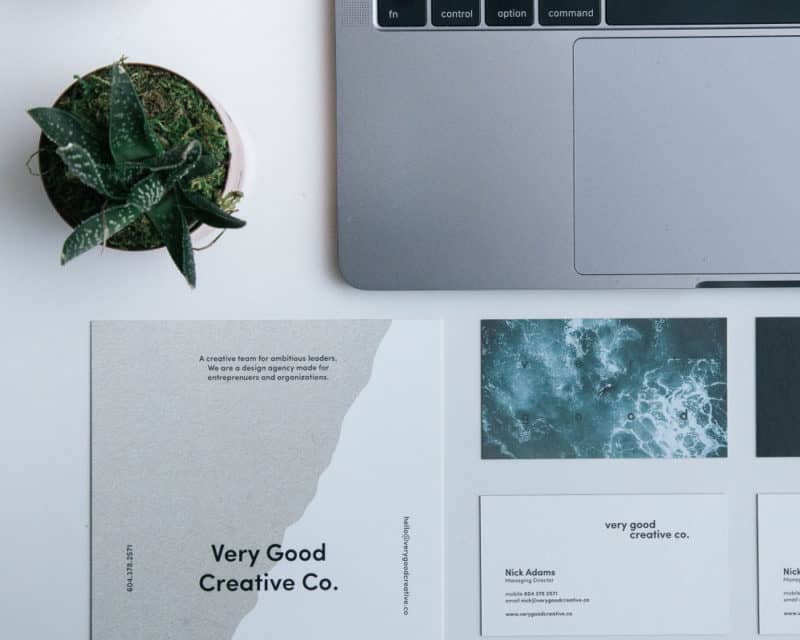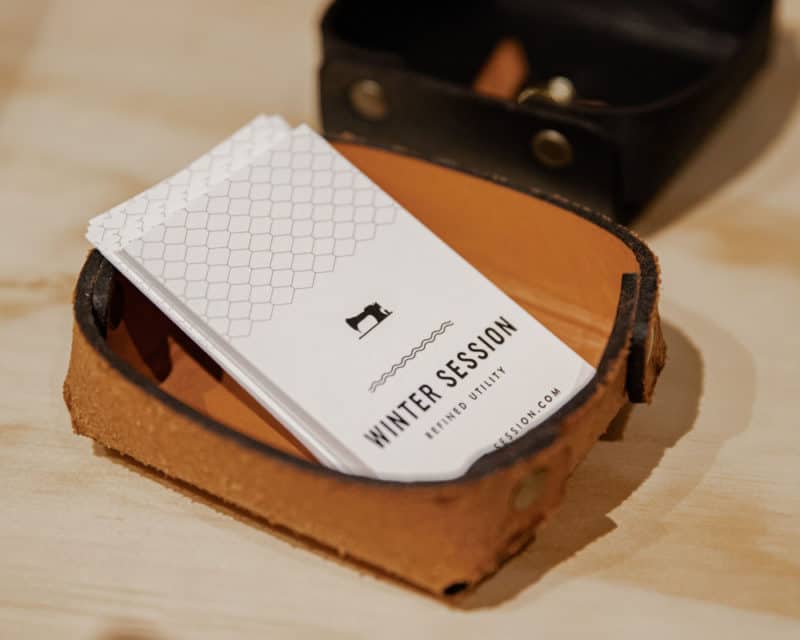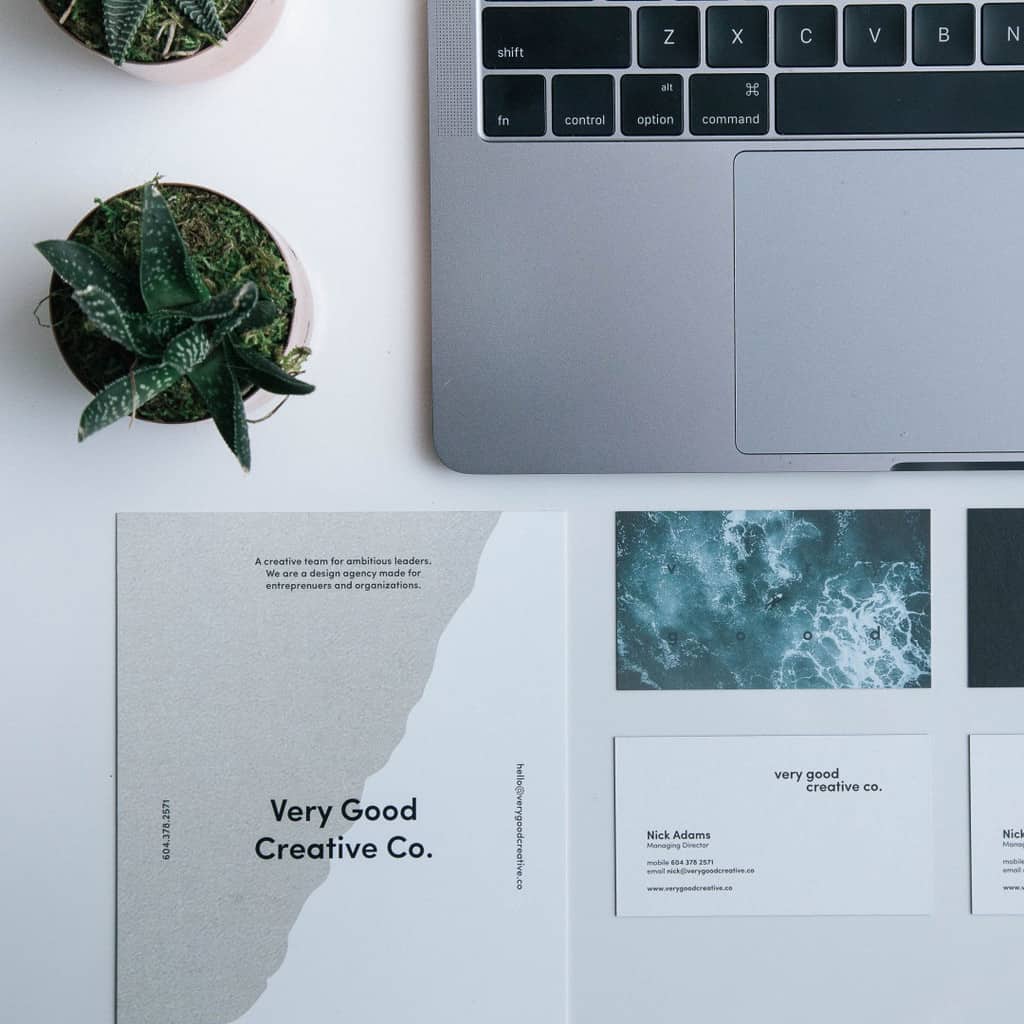Today, every aspect of a business is conducted digitally. From signing contracts and sending messages to attending meetings and networking, everything is done online. So, naturally, many of us assume that business cards have become obsolete.
Well, they haven’t!

Business cards might be old school, but they get the job done. Imagine meeting with a prospective client at a business convention. You both have a great chat and discuss ideas about a project you would like to collaborate on. When the time comes to exchange contact details, what do you think would be more appropriate and easy — taking out your mobile phones and reciting phone numbers or handing over your business card?
If you ask us, it’s definitely the latter! Not only is giving your business card convenient, but it also creates a good first impression.
The Importance of Business Cards
Swapping information digitally at such events seems a bit impersonal, whereas networking is all about making a genuine connection. We all know that an actual conversation and maintaining eye contact leads to the beginning of a relationship.
You can always pop on to your computer and write an email. Still, it won’t be as effective as a face-to-face meeting. Plus, email marketing has now become ancient. People have become quite smart in deflecting and deleting unnecessary emails. And who comes to the rescue? A business card!
It offers you plenty of opportunities to expand your business by giving it someone at the right time and the right moment. Last but not least, a business card sets the first impression. You don’t want potential clients saying, “What a cheap quality card” because this not only lowers your brand’s quality but also its image in their mind. This is not something you want to be noticed when you are trying to win someone over. The better the quality of your business card, the less likely it is to be shredded and end up in a bin.
A business card tells potential clients that you are prepared and know what to do. Whether you are a start-up looking for a professional designer or an established business planning to give your business card a new look, you need to pay attention to the small details such as your initials, contact information, and more. For business card designs and templates, click here.
There are plenty of other benefits of business cards that can help you boost your business. However, this rectangle piece of hard paper can have the opposite effect on your business if the card is not well-designed.
Following are dos and don’ts of designing a business card:
The two crucial components that make up the design of a business card are the colour scheme and logo. They are a big part of the layout and influence the other areas. So, move forward with the design elements keeping them in mind.
Dos of Creating a Business Card
If you intend to do a lot of networking to help build your business, use every opportunity to share your business cards. It can get expensive if you are buying small amounts each time so it’s worth considering wholesale business cards to make it more cost-effective in the long run. You might also want to consider the following when designing your business cards.

Do Use the Front and Back of the Card
You must utilise the entire card because any amount of white space will make the card look dull. You can place your logo front and centre and on the back, information such as your name, designation, contact number and work email id.
Do Prioritise Readability
Even if you run a creative business, don’t bring that level to your card. If the card is unreadable, a client will not go online to look for your information. So, make sure to use a simple font that is clear and precise.
Do Choose a Contrasting Colour Scheme
Make sure that your logo’s colour does not clash with the card’s background colour; this is one of the biggest mistakes most people make when designing their business cards. Click here to get in touch with a professional designer and get expert advice on arranging your card’s layout.
Don’ts of Creating a Business Card
Don’t Bombard the Card With Information
It might feel very tempting to cram as much information as you can on the business card, but we suggest that your refrain from doing it. Keep it succinct with your brand’s message on the front and your name and contact details on the back.
Don’t Add Social Media Accounts on the Card
Your clients don’t want to know what you did on the weekend. They are more interested in seeing your latest ad campaign over you dining at a 5-star restaurant. So, please don’t add your Facebook, Twitter, or Instagram handle on the card, as it might seem a bit unprofessional.
Don’t Use the Same Design for Every Client
Depending on your portfolio, it might be wise to design at least 3 to 4 business cards if you deal with multiple clients with different businesses. You can add information on it based on the client you are trying to work with. For example, if you run a restaurant and partner up with a bakery, having a professional-looking card with neutral colours and simple patterns is ideal. You also cater to events by offering buffets. This business card can be designed with bright colours and swirling patterns or illustrations to attract the client.
On a side note, never give out an old card to a client. We are talking about that long forgotten card that you dig out from the bottom of your bag, straighten it up and hand it over to the client. Would you be happy if someone gave you a crumpled business card that has coffee stains on it while you were trying to strike a million-dollar deal? Probably not. So, better keep those cards in a box or better keep a cardholder in your pocket.
And we come to an end with the dos and don’ts of designing a business card. When hiring a professional designer for your business card, keep in mind explaining the layout and the colour scheme carefully. Ask the designer if they have experience in designing cards for the type of business you run.

